Discover the Power of Cannabis

Experience the benefits of cannabis with our expertly crafted products and expert guidance
Downloadable Resources

Downloadable Resources

Guides and Booklets
– Cannabis 101 + Harm Reduction: A guide for youth aged 17-25 on cannabis harm reduction, risks, and benefits (PDF)
– Cannabis in Context: A booklet for adults and youth on cannabis policy, laws, and important considerations (PDF)
– The Guiding Principles of Education: A booklet for adults on starting cannabis conversations with youth (PDF)
Educational Resources
– Community Prevention Initiative’s Cannabis Parent Update Brochure: Information for parents on cannabis effects on teen development (PDF)
– NIDA’s Marijuana: Facts Parents Need to Know Brochure: Answers to frequently asked questions about youth and marijuana use (PDF)
Downloadable Materials – RAM – Rethinking Access to Marijuana
Cannabis 101: Educational Information & Resources | Leafly
Research and Studies
– Health Impact Assessment: Health Equity Implications of Retail Cannabis Regulation in LA County: A study on the potential health equity implications of cannabis regulation (PDF)
– Marijuana Use and Public Perceptions in Los Angeles County: A community needs assessment on marijuana use and associated problems (PDF)
Cannabis 101: Educational Information & Resources | Leafly
Online Resources
– Leafly’s Cannabis 101: Educational information on cannabis, including ways to consume, cannabinoids, and types of cannabis
– Project CBD’s Beginner’s Guide to CBD and Cannabis: A comprehensive guide to CBD and cannabis therapy
Cannabis Education – Resources – Canna~Wise Medicine
Resources – Get Sensible
Other Resources
– Get Sensible’s Cannabis Education Toolkit: A collection of resources, including booklets, posters, and zines, on cannabis education and harm reduction
– Tetragram App’s Cannabis Education Resources: A digital platform providing information on medical cannabis and tracking features
Cannabis Regulation Resource Collection – Network for Public Health Law

Research And Studies
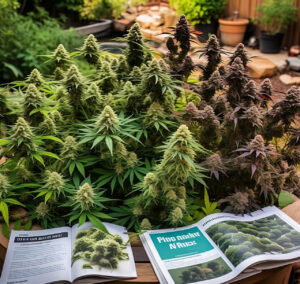 1. The National Library of Medicine is a free online resource that provides access to a vast database of biomedical and life sciences literature. It a comprehensive collection of articles, reviews, and other scholarly content, making it an invaluable tool for researchers, healthcare professionals, and students.
1. The National Library of Medicine is a free online resource that provides access to a vast database of biomedical and life sciences literature. It a comprehensive collection of articles, reviews, and other scholarly content, making it an invaluable tool for researchers, healthcare professionals, and students.
2. Google Scholar: A search engine for scholarly literature.
3. ScienceDirect: An online platform that provides access to scientific, technical, and medical journals and books.
Research Institutions and Organizations
1. The National Institute on Drug Abuse (NIDA) a US agency provides information on cannabis research.
2. National Center for Complementary and Integrative Health (NCCIH): A US government agency funding research on complementary and integrative health.
3. University research centers: Many universities have research centers or departments focused on cannabis studies.
Peer-Reviewed Journals
1. Journal of Cannabis Research: A peer-reviewed, open-access journal dedicated to cannabis research.
2. Cannabis and Cannabinoid Research: A peer-reviewed journal covering cannabis and cannabinoid research.
3. Journal of Clinical Psychopharmacology: A journal publishing studies on the therapeutic effects of cannabis.
Research And Studies
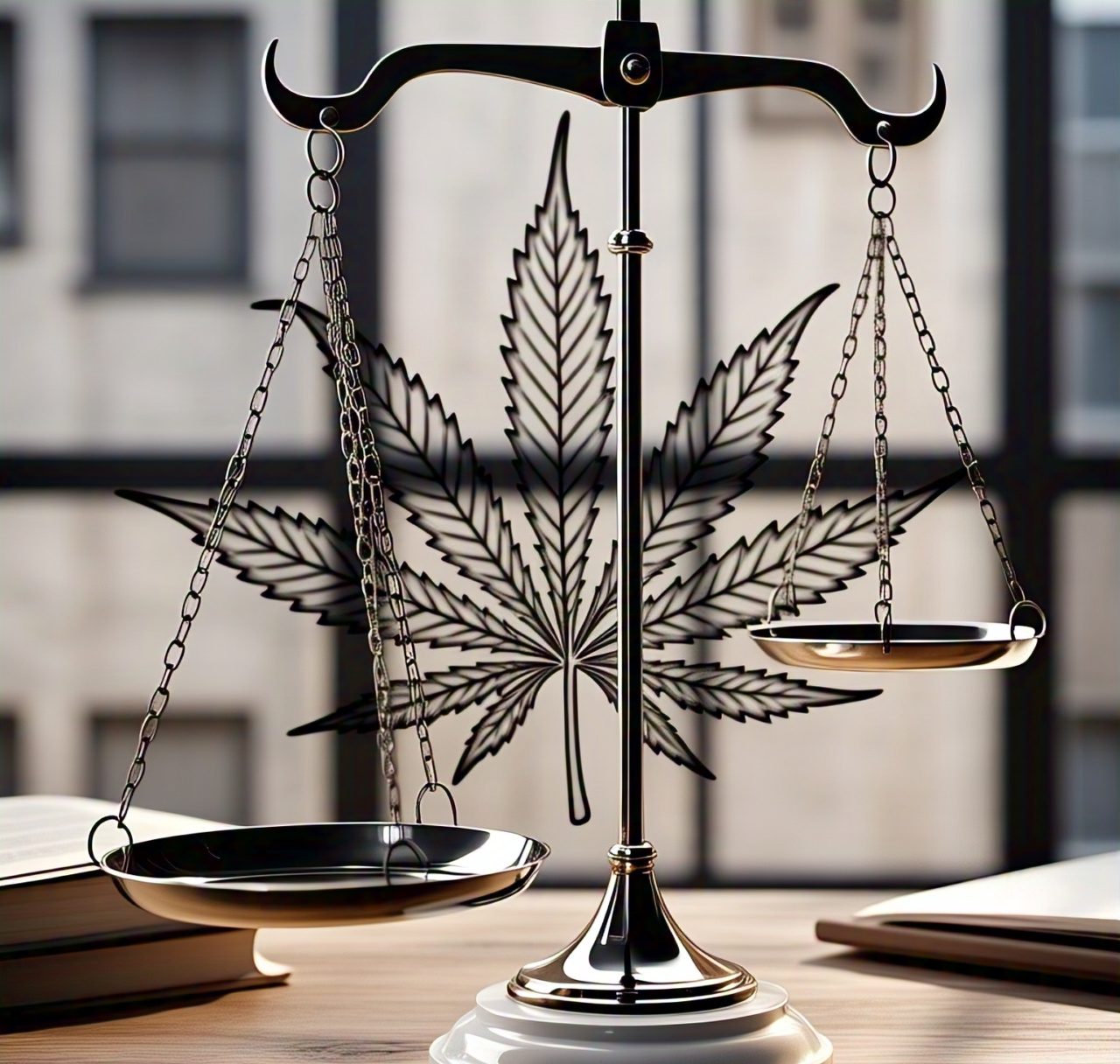
Laws And Regulations

Government Websites
– National Conference of State Legislatures (NCSL): Provides updates on state medical cannabis laws, regulations, and policies in the US ((link unavailable))
– US Department of Justice: Publishes proposals and updates on federal cannabis regulations ((link unavailable))
– State Government Websites: Individual state government websites, such as California’s Bureau of Cannabis Control, provide information on local laws and regulations
International Organizations
– United Nations Office on Drugs and Crime (UNODC): Offers global perspectives on cannabis laws, regulations, and policies.
– World Health Organization (WHO): Provides information on cannabis and its effects on public health (who.int)
Non-Profit Organizations
– National Organization for the Reform of Marijuana Laws (NORML): Advocates for cannabis law reform and provides updates on laws and regulations.
– Marijuana Policy Project: Offers information on cannabis laws, regulations, and policies in the US
Online Resources
– Leafly: Provides a comprehensive guide to cannabis laws and regulations in the US
– Wikipedia: Offers an overview of cannabis laws and regulations globally.
Laws And Regulations
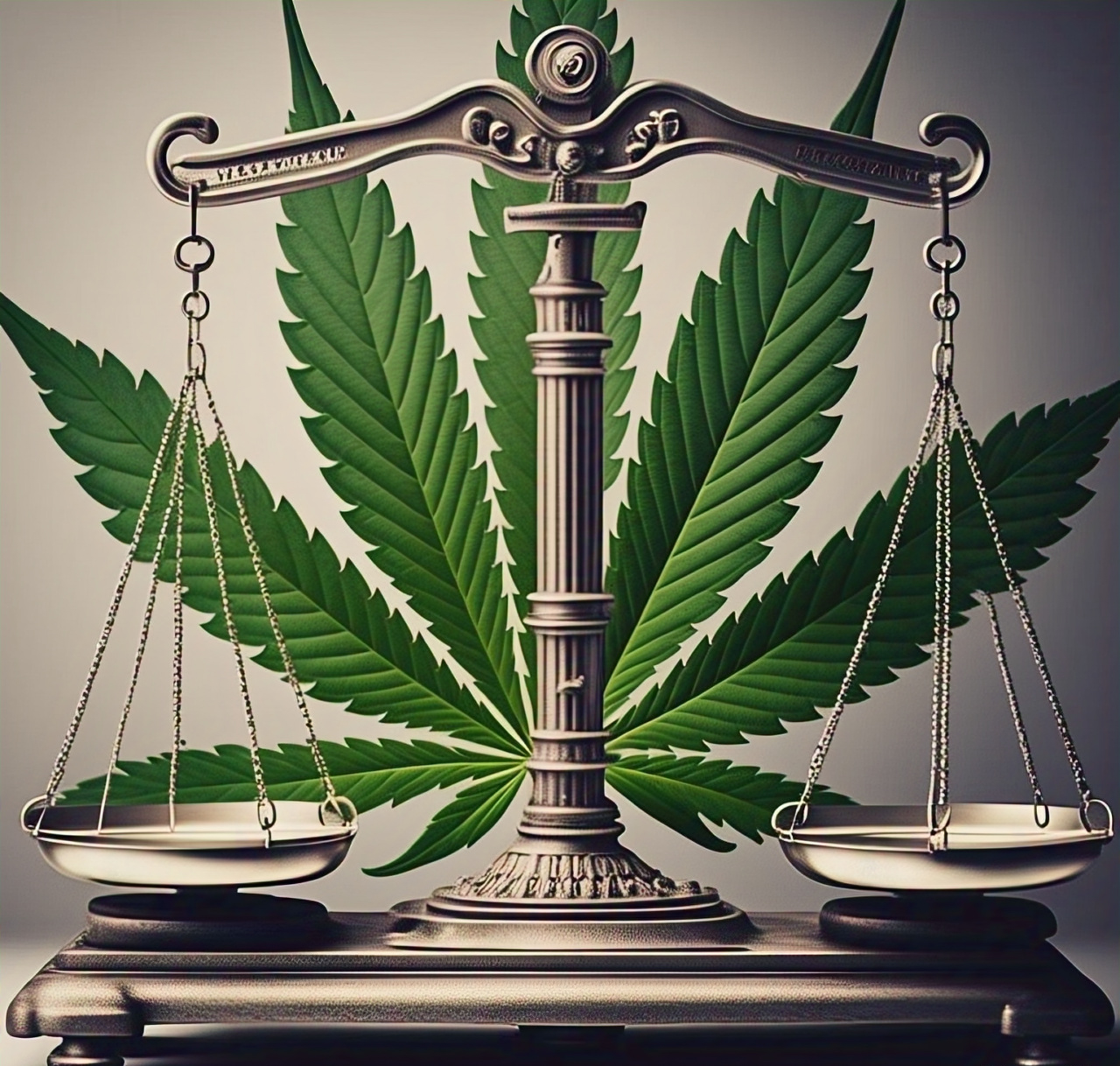
Guides And Reviews
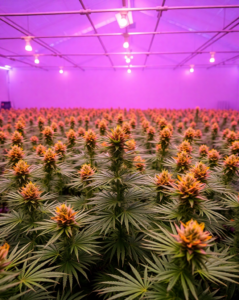 Product Review Websites
Product Review Websites
– TerpGuide: Offers in-depth reviews of cannabis products, including concentrates, extracts, vaporizers, edibles, and topicals. Their rating system categorizes products as Approved, Premium, or Headstash .
– Leafly: Provides a comprehensive guide to cannabis products, including strains, edibles, and vaporizers. They offer reviews, ratings, and detailed information on each product.
Health and Wellness Resources
– Arthritis Foundation: Features information on using CBD for arthritis pain relief, including guidance on product selection, dosing, and potential interactions with other medications ².
Cannabis Information Hubs
– Weedmaps: Offers a wide range of cannabis-related resources, including product reviews, strain guides, and educational content.
Online Forums and Communities
– Reddit’s r/Cannabis: A community-driven forum for discussing cannabis products, sharing experiences, and asking questions.
Research and Education
– National Institute on Drug Abuse (NIDA): Provides research-based information on cannabis, including its effects, potential benefits, and risks.
Please note that laws and regulations surrounding cannabis products vary by state and region, so it’s essential to consult local resources and guidelines before making any purchasing decisions.
Guides and Reviews
Health and Wellness

Health And Wellness

Health and Wellness Resources
– National Institute on Drug Abuse (NIDA): A trusted source for research-based information on cannabis, including its effects, potential benefits, and risks. They also provide information on cannabis use disorder, therapeutic uses, and public health impacts .
– Johnson & Wales University: Offers insights into the potential health benefits of cannabis, including reducing inflammation, preventing seizures, and fighting cancer.
Mental Health and Wellness
– Mind/Body Wellness: Explores the connection between cannabis use and mental health, including anxiety and stress relief. They also discuss the importance of mind/body wellness in cannabis use.
– Cannabis and Mental Health: Research suggests that cannabis may have both positive and negative effects on mental health, depending on the individual and the specific compound used.
Physical Health and Wellness
– Cannabis and Physical Health: Studies have found potential benefits of cannabis for physical health, including reducing inflammation, improving sleep, and managing chronic pain.
– Cannabis Contaminants and Toxins: Learn about the potential risks of contaminants and toxins in cannabis products.
Wellness and Self-Care
– Cannabis and Self-Care: Discover how cannabis can be used as a tool for self-care, including relaxation, stress relief, and mood enhancement.
– Cannabis and Mindfulness: Explore the connection between cannabis use and mindfulness practices, such as meditation and yoga.
Articles and Blog Posts
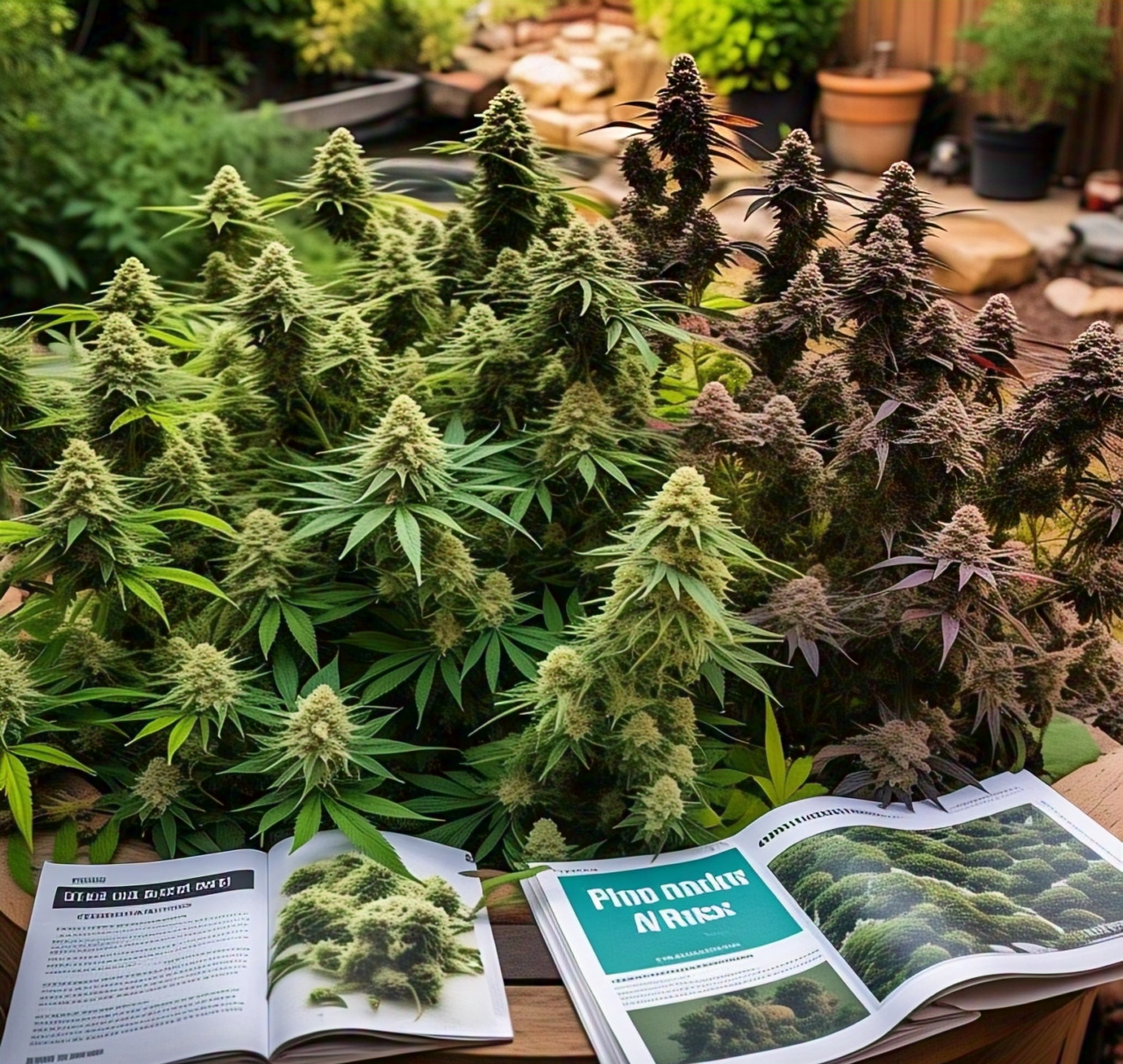
Articles And Blog Posts
 Cannabis News and Industry Insights
Cannabis News and Industry Insights
– Marijuana Business Daily: A leading source for cannabis industry news, trends, and insights.
– Cannabis Business Times: Provides news, articles, and analysis on the cannabis industry, including cultivation, processing, and retail.
Health and Wellness
– Healthline: Offers articles and blog posts on the health benefits and risks of cannabis, including CBD and THC.
– Medical News Today: Provides news and articles on the medical uses of cannabis, including research and studies.
Cannabis Education and Resources
– Leafly: A comprehensive resource for cannabis education, including articles, guides, and reviews.
– Weedmaps: Offers articles, guides, and resources on cannabis, including strain reviews and dispensary listings.
Lifestyle and Culture
– High Times: A leading source for cannabis culture, lifestyle, and entertainment.
– Cannabis Culture Magazine: Explores the culture and lifestyle of cannabis, including art, music, and fashion.
Science and Research
– Journal of Cannabis Research: A peer-reviewed journal publishing research on cannabis and cannabinoids.
– Cannabis and Cannabinoid Research: A journal covering the latest research on cannabis and cannabinoids.
Government and Policy
– National Institute on Drug Abuse (NIDA): Provides information on cannabis research, policy, and regulations.
– Cannabis Policy Project: Offers news, articles, and analysis on cannabis policy and legislation.
Cannabis History
4000BC to 900BC

4000 BC: Pan-p’o village
Cannabis was regarded among “five grains” in China, and was farmed as a major food crop.
2737 BC: Pen Ts’ao Ching
Earliest record of cannabis as a medicinal drug. At this time, Emperor Shen-Nung recognized its treatment properties for over 100 ailments such as gout, rheumatism, and malaria.
2000-1400 BC: Scythians
Nomadic Indo-European peoples used cannabis in steam baths, and also burned cannabis seeds in burial rituals.
2000-1000 BC: Atharva Vedas
Cannabis was described as a “source of happiness”, “joy-giver”, and “bringer of freedom” in these Hindu religious texts. At this time, cannabis was smoked at daily devotional services and religious rituals.
2000-1000 BC: Ayurvedic Medicine
Open religious use of cannabis allowed for exploration of medical benefits. During this period, it was used to treat a variety of ailments such as epilepsy, rabies, anxiety, and bronchitis.
1550 BC: Ebers Papyrus
Egyptian medical papyrus of medical knowledge notes that medical cannabis can treat inflammation.
1213 BC: Ramesses II
Cannabis pollen has been recovered from the mummy of Ramesses II, the Egyptian pharaoh who was mummified after his death in 1213 BC.
900 BC: Assyrians
Employed the psychotropic effects of cannabis for recreational and medical purposes.
450-200 BC to 1900

As civilizations evolved, so did the use of marijuana. Here’s a glimpse of its history:
Greco-Roman Era (450-200 BC)
The Greeks and Romans adopted cannabis from the Scythians, using it for medicinal, recreational, and spiritual purposes. The Greek physician Galen (129-216 AD) wrote about cannabis’s medicinal properties, and the Roman naturalist Pliny the Elder (23-79 AD) documented its use for treating various ailments.
Middle Ages to Industrial Revolution
Cannabis continued to be used for medicinal purposes throughout the Middle Ages. During the 17th and 18th centuries, cannabis was introduced to the Americas by European colonizers. In the 19th century, cannabis became a popular ingredient in medicinal tonics and elixirs.
Modern Era (1900s)
In the early 20th century, cannabis began to be restricted in various countries due to concerns about its psychoactive effects. In the United States, the Marihuana Tax Act of 1937 effectively banned cannabis, and it was later classified as a Schedule I controlled substance in 1970. Despite these restrictions, cannabis continued to be used for medicinal purposes, and its popularity as a recreational substance grew.
Medical Cannabis (1990s-present)
In the 1990s, California became the first state to legalize medical cannabis, followed by other states and countries. Today, medical cannabis is legal in many parts of the world, and research into its therapeutic benefits continues to grow.
1914 to Present

Harrison Narcotics Tax Act (1914)
The Harrison Narcotics Tax Act was a federal law that regulated and taxed the production, importation, and distribution of opiates and cocaine. While it didn’t explicitly ban cannabis, it laid the groundwork for future restrictions.
Marijuana Prohibition (1930s)
In the 1930s, a series of laws and regulations effectively banned cannabis in the United States. The Marihuana Tax Act of 1937 imposed heavy taxes on cannabis, making it difficult to cultivate and distribute. This marked the beginning of cannabis prohibition.
Counterculture Movement (1960s)
During the 1960s, cannabis use became more widespread, particularly among the counterculture movement. This led to increased awareness and advocacy for cannabis legalization.
Medical Cannabis Movement (1990s)
In the 1990s, California became the first state to legalize medical cannabis, with the passage of Proposition 215 in 1996. This marked a significant shift in the cannabis movement, as patients and advocates pushed for access to medical cannabis.
Medical Cannabis Legalization (2000-2018)
Between 2000 and 2018, numerous states legalized medical cannabis, including Colorado, Oregon, Washington, and Massachusetts. In 2013, Uruguay became the first country to legalize recreational cannabis. Canada followed suit in 2018, becoming the second country to legalize recreational cannabis nationwide.
Present Day
Today, medical cannabis is legal in many countries and states, and recreational cannabis is legal in several countries and states. The cannabis industry continues to grow, with ongoing research into its therapeutic benefits and ongoing advocacy for full legalization.
Safety and Precautions
Compliance

To ensure safe and responsible use, cannabis products should only be accessible to adults 21 years or older, as mandated by law. Minors and young adults are particularly vulnerable to the potential risks and consequences of cannabis use, including impaired brain development and increased addiction potential. Adults who choose to use cannabis must do so responsibly, adhering to recommended dosages and usage guidelines. This includes avoiding use while pregnant or breastfeeding, not operating vehicles or heavy machinery while under the influence and keeping products out of reach of children and pets. By respecting age restrictions and using cannabis responsibly, individuals can minimize risks and promote a culture of safe and mindful consumption.
Adverse Effects

While generally considered safe, cannabis products can cause potential side effects, especially when used excessively or by individuals with certain health conditions. Common side effects may include dry mouth, dizziness, and short-term memory impairment. Some users may also experience increased heart rate, anxiety, or paranoia. In rare cases, cannabis use can lead to more severe reactions, such as psychosis or hallucinations. To minimize the risk of adverse effects, it’s essential to start with low doses, gradually increase as needed, and be aware of how your body reacts to different strains and products. If you experience any discomfort or concern, consult with a healthcare professional for guidance.
Safekeeping
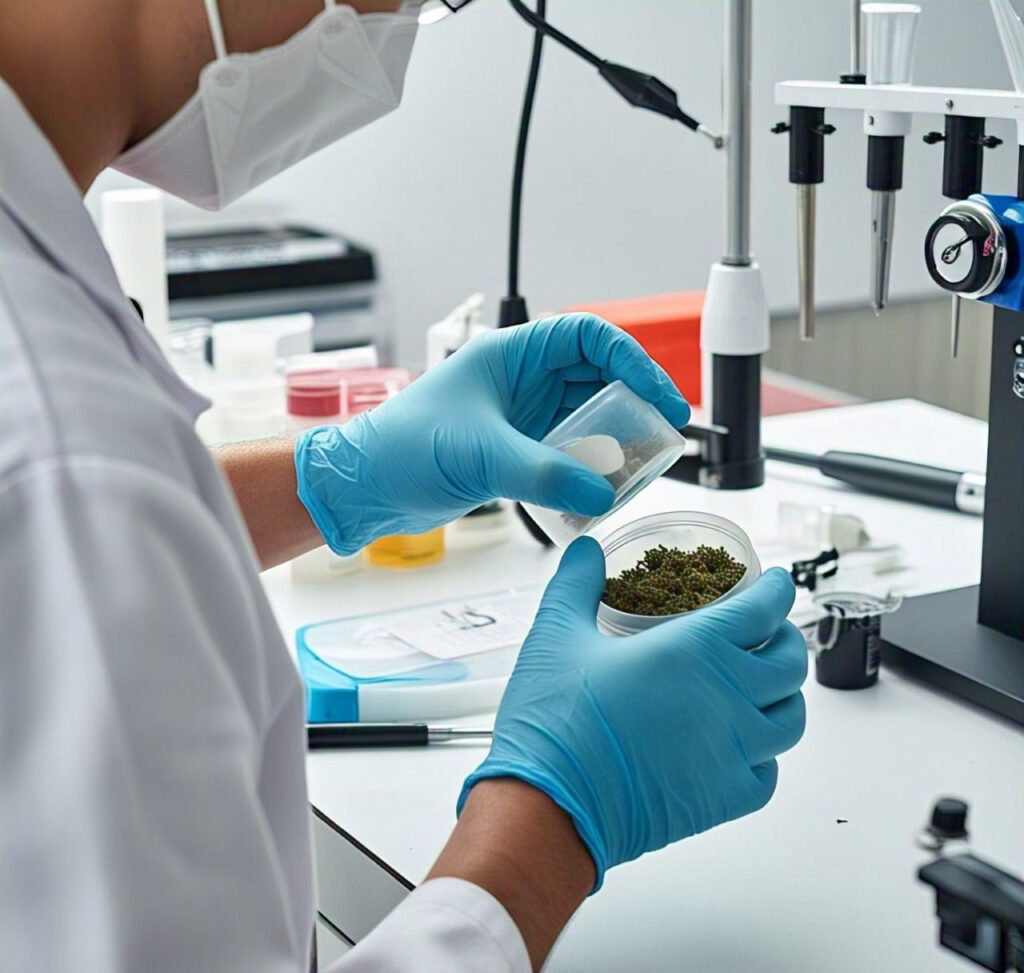
Proper storage and handling of cannabis products are essential to maintain their potency, safety, and longevity. To prevent degradation, cannabis should be kept in airtight containers away from direct sunlight, moisture, and excessive heat, as exposure to these elements can reduce its effectiveness. Additionally, secure storage is crucial, especially in households with children or pets, to prevent accidental consumption. Many users opt for lockable containers or dedicated storage spaces to ensure responsible safekeeping. Handling cannabis products also requires caution—always wash hands before and after use and avoid cross-contamination with food or other substances. Following these best practices promotes both safety and product quality, ensuring a responsible and effective experience.

